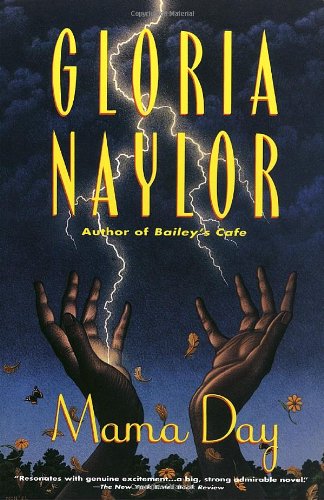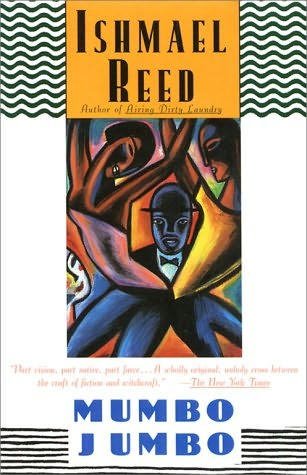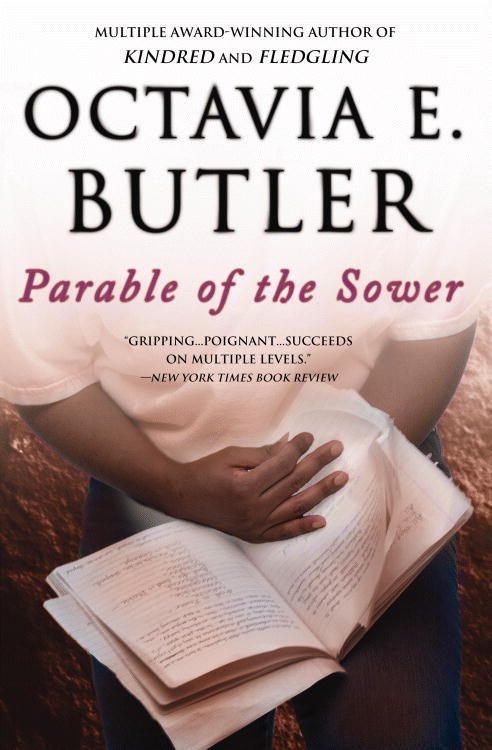Black Writing and Hoodoo
 It is no rhetorical stretch to say that there has been a strong presence of religion in Black writing. Internal genres spanning from uplift literature to contemporary fiction have deep ties with the church and its various attachments to worship. However, Christianity is not the only faith system featured within the pages; there is also a strong presence of Hoodoo.
It is no rhetorical stretch to say that there has been a strong presence of religion in Black writing. Internal genres spanning from uplift literature to contemporary fiction have deep ties with the church and its various attachments to worship. However, Christianity is not the only faith system featured within the pages; there is also a strong presence of Hoodoo.
For the unfamiliar, Hoodoo functions both as a faith and a practice; it is a multilayered site of cultural context. Hoodoo, both in faith and practice, has elements of African Voudon, Haitian Voodoo, several Native American religions and American brands of Christianity, both Catholic and Protestant. It is an American creation, forged and continued to help Black practitioners navigate the extremely hostile cultural, social, religious and physical landscape. It is still practiced and giving life to communities and American literature.
 While Zora Neale Hurston is most easily associated with Hoodoo, especially with her works Mules and Men, Tell My Horse, and The Sanctified Church, other authors create a great deal of work including or referencing this faith. That list includes, but is not limited to Nalo Hopkinson and her work, Brown Girl in the Ring, Ishamel Reed’s Mumbo Jumbo, Octavia Butler’s Parable of the Sower, and Gloria Naylor’s Mama Day. Although this provided list appears to be overwhelmingly gendered and Southern, Hoodoo in literature travels around the nation with the great migration, and it appears in stories rooted in Chicago, Detroit, and New York.
While Zora Neale Hurston is most easily associated with Hoodoo, especially with her works Mules and Men, Tell My Horse, and The Sanctified Church, other authors create a great deal of work including or referencing this faith. That list includes, but is not limited to Nalo Hopkinson and her work, Brown Girl in the Ring, Ishamel Reed’s Mumbo Jumbo, Octavia Butler’s Parable of the Sower, and Gloria Naylor’s Mama Day. Although this provided list appears to be overwhelmingly gendered and Southern, Hoodoo in literature travels around the nation with the great migration, and it appears in stories rooted in Chicago, Detroit, and New York.
 As a literary trope, Hoodoo is most often associated with rhetoric concerning liberation and authenticity. Mumbo Jumbo uses a form of Neo-Hoodoo, which is an artistic movement that has sprung out of Hoodoo, and is present within the realms of presumed “high art” as a medium to highlight notions of authenticity, cultural connection, and resistance against a dominant power structure. Zora Neale Hurston uses it to emphasize the cultural and social ties that bind Black communities together and help them retain their agency and autonomy. Hopkinson references Hoodoo as a faith that will bring liberation and lead communities into new, utopic spaces.
As a literary trope, Hoodoo is most often associated with rhetoric concerning liberation and authenticity. Mumbo Jumbo uses a form of Neo-Hoodoo, which is an artistic movement that has sprung out of Hoodoo, and is present within the realms of presumed “high art” as a medium to highlight notions of authenticity, cultural connection, and resistance against a dominant power structure. Zora Neale Hurston uses it to emphasize the cultural and social ties that bind Black communities together and help them retain their agency and autonomy. Hopkinson references Hoodoo as a faith that will bring liberation and lead communities into new, utopic spaces.
Historically, there has been tension regarding the representation of this faith and its literary inclusion. DuBois, Dunbar, and Alice Ruth Moore wrote against its inclusion into literature, deeming it to be descriptive of the frenzy present within the ways of the folk, and a hindrance to literary and cultural acceptance. It has often been situated against Christianity and constructed as deviance. However, as we move into the contemporary literary era, there has been a larger push by authors, especially those who work outside of the traditional confines of set genre, to include Hoodoo as an important medium through which to represent racial authenticity and cultural liberation.